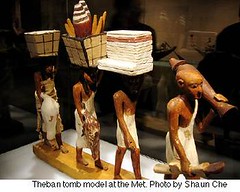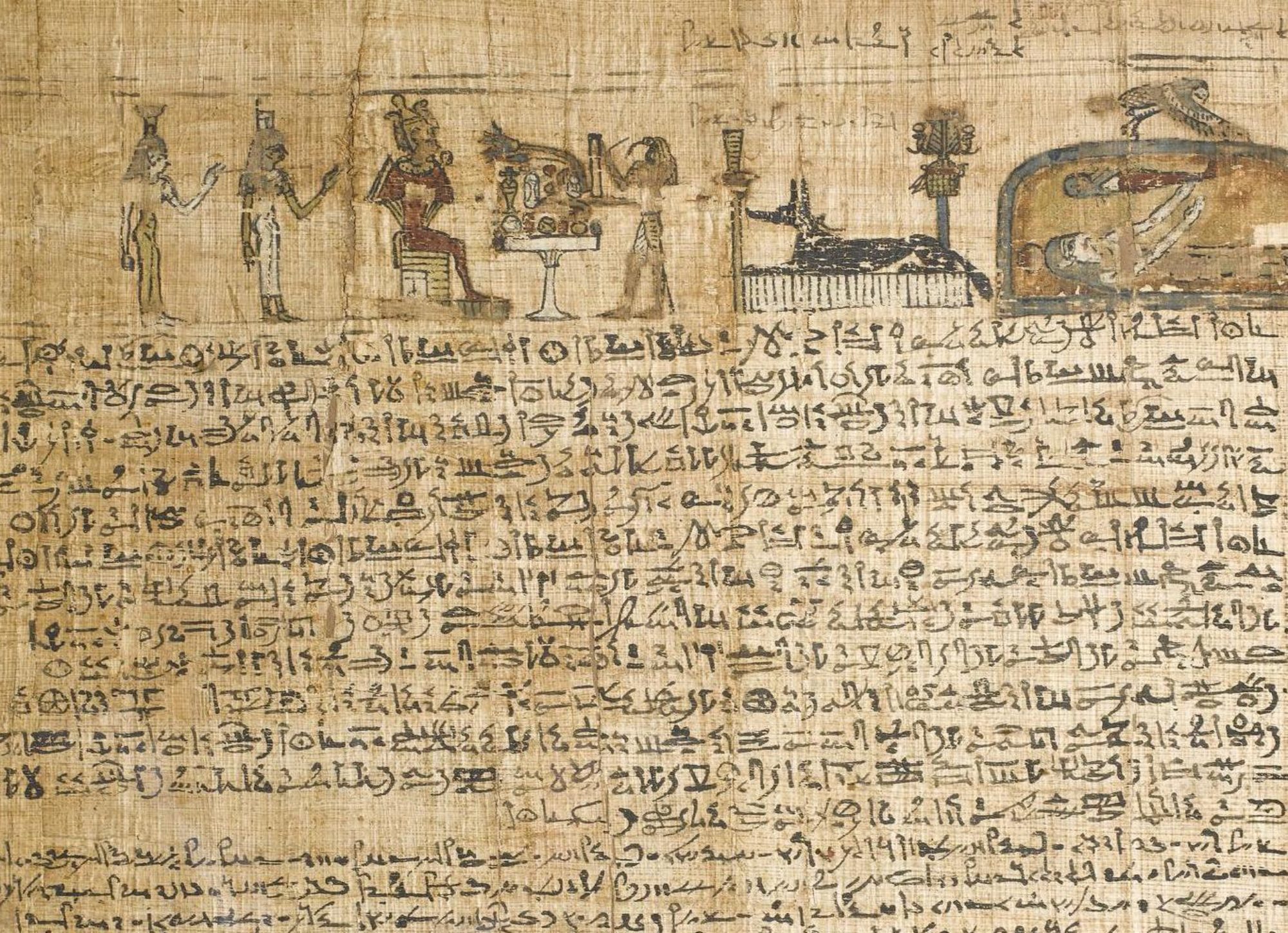There are still fascinating discoveries being made almost constantly in Egypt, but I am particularly excited about the latest one at the site of Deir el Bersha in Middle Egypt. The completely intact tomb of Henu, dating to the late First Intermediate Period, has been found by a team from the Katholieke Universiteit Leuven in Belgium under the direction of Professor Harco Willems and Marleen De Meyer. The tomb dates to over 4000 years ago from a turbulent period of Egyptian history, when the kingship failed and the state fragmented. The report posted online by the archaeological team includes some striking photos of the finds here.
It’s especially exciting since it is relevant to my current research; it shows us something about the Egyptians themselves, as real people, not just in death but how they lived and worked. Some of the objects I’m working with are the models of daily life that were part of burials during the First Intermediate Period and the Middle Kingdom. The models are wooden figurines and buildings carved and painted in wood to depict tableaux of workers, doing a variety of activities such as weaving, carpentry, sailing, food production, etc. They are so incredibly detailed that they actually can provide us with a great deal of information about ancient technologies and living practices. For example, a great deal can be gleaned from models about boat design. Some of the best examples are in the Metropolitan Museum from the tomb of Meketre, for example this bakery and brewery, or this model of a cattle count. The cattle count presents a fascinating microcosm of Egyptian society and its hierarchical organization; you can see the officials seated under a great canopy with their scrolls, the only literate people, while one of the peasants who has defaulted on his taxes is beaten before them as punishment.
about ancient technologies and living practices. For example, a great deal can be gleaned from models about boat design. Some of the best examples are in the Metropolitan Museum from the tomb of Meketre, for example this bakery and brewery, or this model of a cattle count. The cattle count presents a fascinating microcosm of Egyptian society and its hierarchical organization; you can see the officials seated under a great canopy with their scrolls, the only literate people, while one of the peasants who has defaulted on his taxes is beaten before them as punishment.
The examples from the tomb of Henu include a scene of three women grinding grain (wearing real miniature linen skirts!), a rare depiction of mud brick production, a baking and beer brewing model, a boat with rowers, and a large statue of Henu himself. As the project report states, the models ‘are characterized by realistic touches and unusual details such as the dirty hands and feet of the brick makers’. While grand temples and pyramids are always impressive, the little human touches in these simple wooden models bring us closer to the real Egyptian people themselves.
